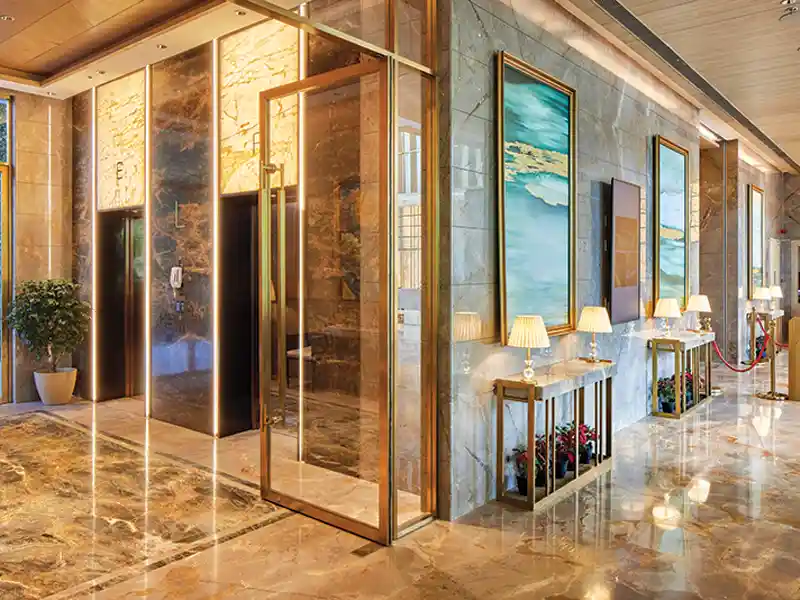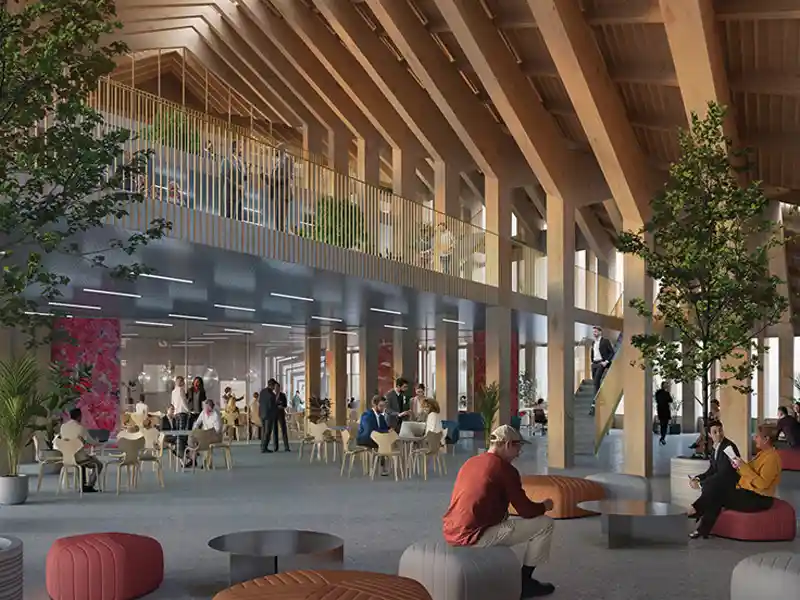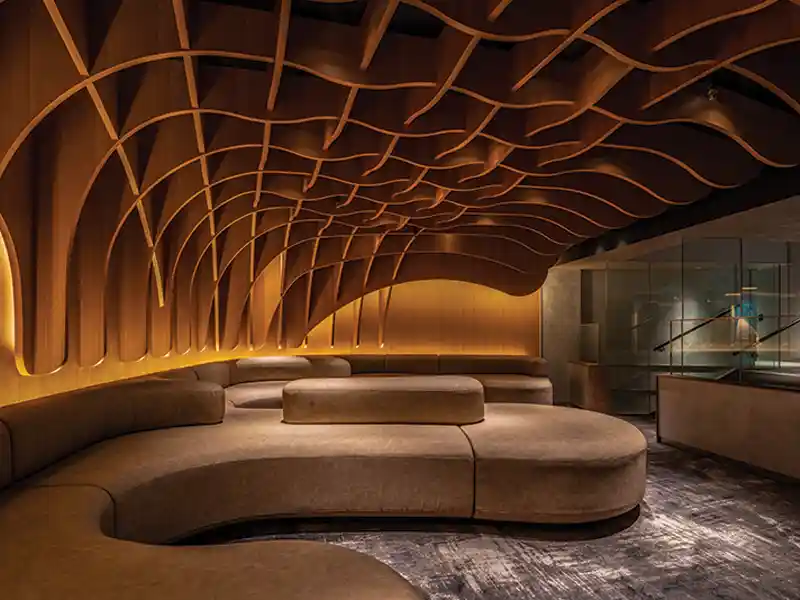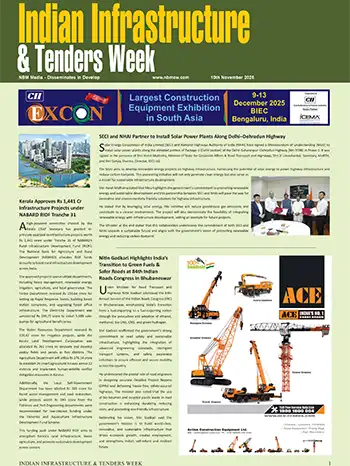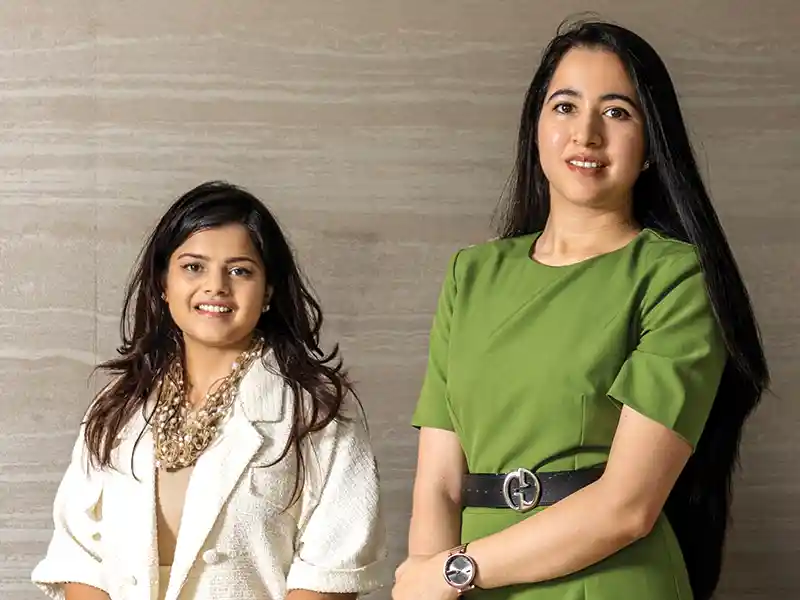
The current ratio of women in contemporary architecture and design in India is relatively low compared to other countries. According to the Council of Architecture (COA), only 30% of registered architects in India are women. Similarly, in design fields, women are often marginalized and more likely to hold junior roles.
Women in the architecture and design industry face various challenges that hinder their professional growth and development. One of the most significant challenges is the diminished representation of women in higher positions of authority.
The design field can be demanding and time-consuming, making it challenging for women to balance their professional responsibilities with family obligations. This can lead to burnout and negatively impact their mental and physical well-being.
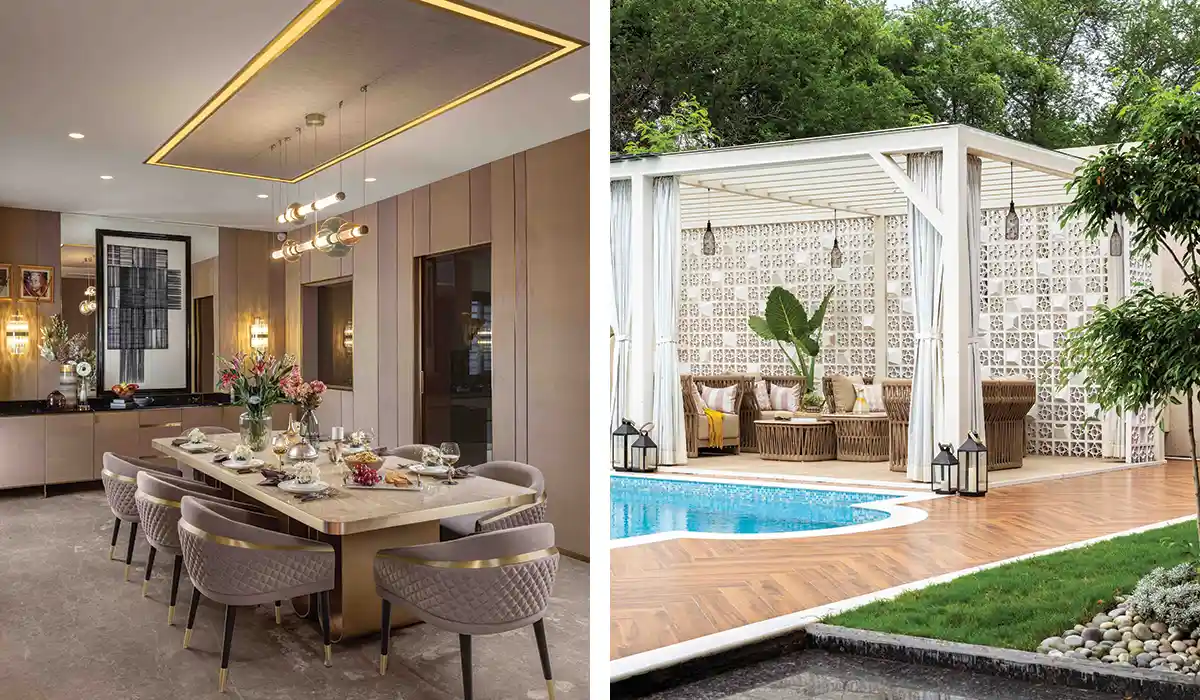
Also, there is a lack of diversity in the architecture and design industry, with women being under-represented in both the workforce and leadership roles, which leads to a limited range of perspectives and solutions, ultimately hindering innovation and creativity within the industry.
When discussing women in India, it is important to consider the specific challenges they face due to cultural and societal norms. In many cases, these norms limit the opportunities and choices, and create expectations around marriage and family responsibilities that can be difficult to navigate. Stereotyping women based on their cultural background can make it difficult for them to advance in their career or gain recognition for their work. They may even find it difficult to find mentors who will empathize with their experiences.
Technology is providing women with tools and resources to work remotely and on flexible work schedules. With the help of tools like Computer-Aided Design (CAD) and 3D modeling, women can work on projects from anywhere, which helps them balance their work and personal life. Technology has helped increase their efficiency and productivity, making it easier for them to complete tasks and projects in a timely and effective manner. However, on the downside is the increasing emphasis on technology skills, which may make it difficult for women who do not have a strong background in technology to succeed in the industry.
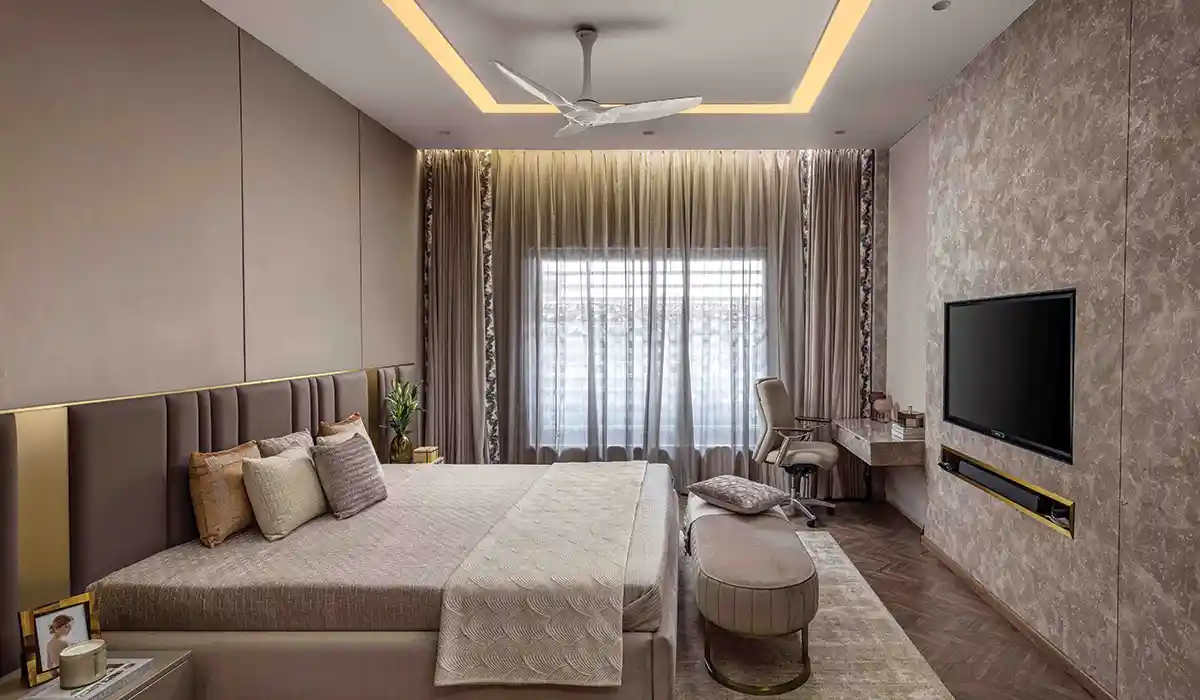
When considering a career in design, it is important to recognize that it encompasses a diverse range of skills. To be successful, individuals must develop technical, creative, and communication skills, as well as abilities in areas such as drawing, project management, and team collaboration.
It is also important to be proactive and take initiatives. This means being willing to take on new responsibilities, and actively pursuing professional development opportunities. Staying up to date with market trends, latest designs, and technologies, is another critical aspect of success. This requires ongoing learning and development, as well as a willingness to adapt to new technologies and emerging trends. Women need to be all the more focused on developing new skills in order to remain competitive.
As part of its efforts, state governments can implement women-friendly policies and initiatives such as equal pay for men and women with the same set of skills and job profile; safe, clean, and hygienic working conditions; upskilling programs to support their professional advancement; and flexible work hours/work from home options. By creating a more supportive and inclusive work environment, governments and companies can help in ensuring that women can thrive in their chosen career.

